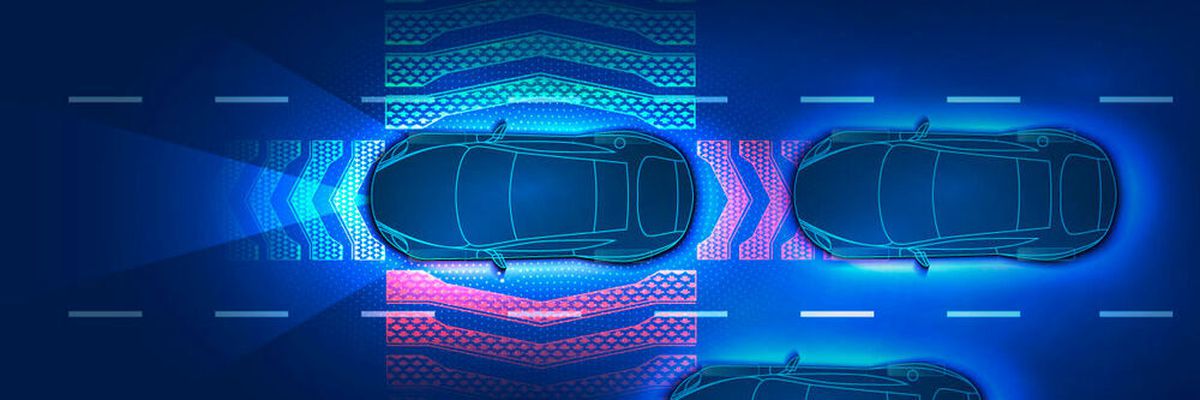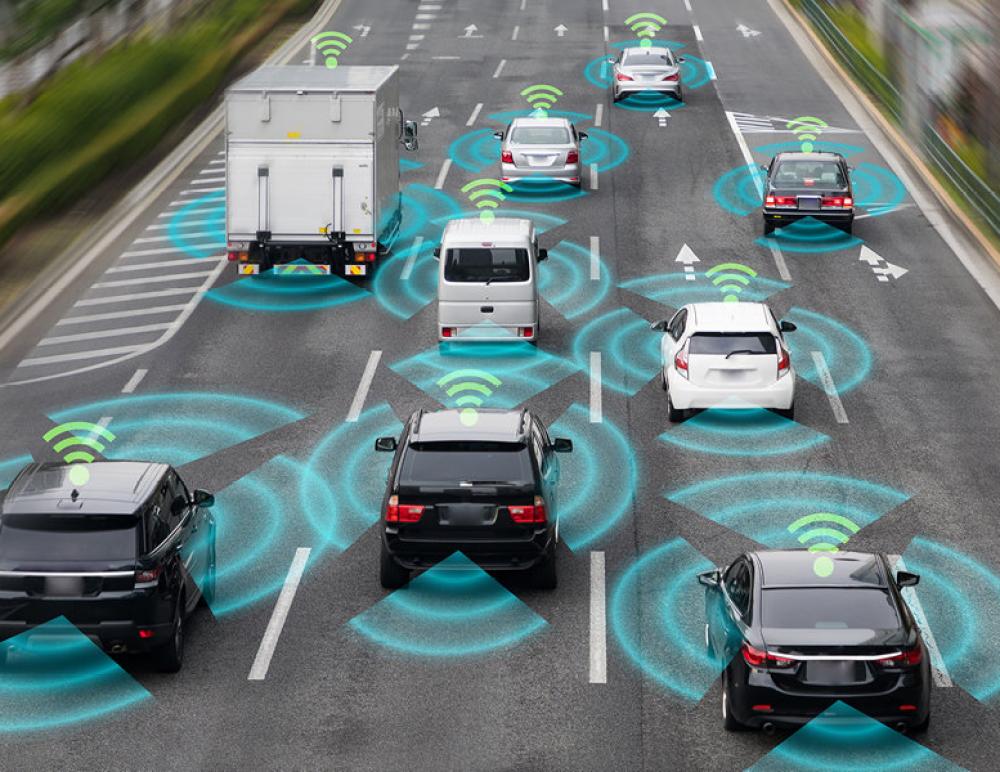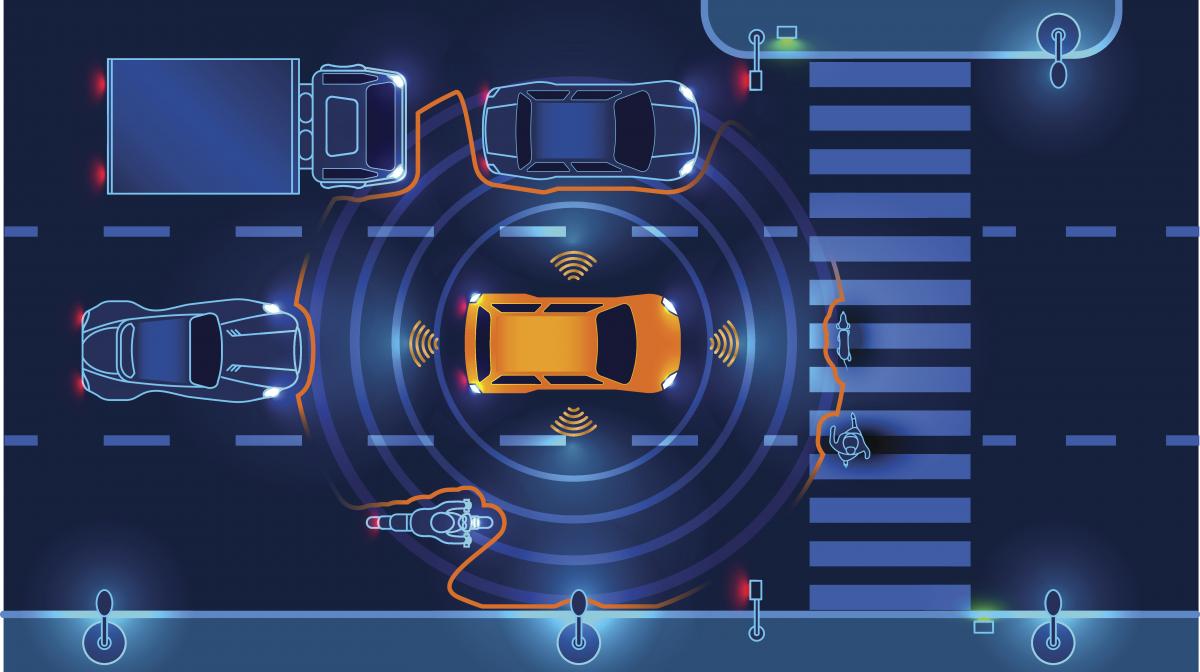Autonomous vehicles rely on their communications systems to operate safely, reliably and efficiently. These communications systems come under the umbrella term V2X, or vehicle-to-everything, which has been a vital part of how modern vehicles have continued to evolve.
But, regardless of how sophisticated these systems are, and the technology driving them continues to advance, what underpins them is their communications network. For this reason, 5G is crucial in the ongoing development and use of autonomous vehicles.


What does V2X involve?
Vehicles must interact with other vehicles, pedestrians and their environment. They do this through connectivity. This connectivity comes from the interoperability of a vehicle’s own system with other systems external to it. The established standard for doing this is known as dedicated short range communications, or DSRC, which is a variant of Wi-Fi that is designed to work regardless of weather conditions or technical issues. In Europe, this is known as IEEE 802.11p. Now there is a competing standard, known as C-V2X, which stands for cellular V2X. This offers improved capacity, reliability and performance. Fundamental to both systems are high relative speeds, low latency and performance that is safety-critical. Therefore, while V2X offers advanced capabilities for autonomous vehicles, it also presents certain challenges.What are the challenges to V2X?
Vehicle-to-everything communication faces challenges on three fronts:- Technological
- Environmental
- Organisational

Why is 5G a crucial factor?
For a future where autonomous vehicles are pretty much the norm, there has to be a robust, adaptable, and fully supportive communications network in place. For autonomous vehicles to expand their market, the 5G rollout has to happen. V2X communication brings with it wider possibilities for communication, including automatic interaction with parking spaces, garages, and toll collection. To realise the full potential of V2X, the automotive industry requires the widespread availability of 5G networks. 5G is not simply a faster version of 4G; it is an evolutionary step forward. Firstly, it offers significantly enhanced broadband speeds. Secondly, it enables massive machine type communications. Finally, it offers ultra-reliable, low-latency communications. 5G has the potential to be up to 100 times faster than 4G, with low latency as the key differentiator. It achieves this low latency through its advanced mobile technology and network architecture.How can 5G help V2X improve road safety?
There are several major ways in which V2X can improve road safety, with the support of an extensive 5G network: • Avoiding collisions – V2X could enable each vehicle to broadcast its identity, position, direction and speed • Warning of hazards ahead – extending what the vehicle can see beyond its normal line of sight • Co-operative driving – minimising disruption and traffic congestion through exchanging data rapidly across networks • Platooning – enabling vehicles to form tight, but safe convoys to maximise road space while minimising fuel consumption.




















